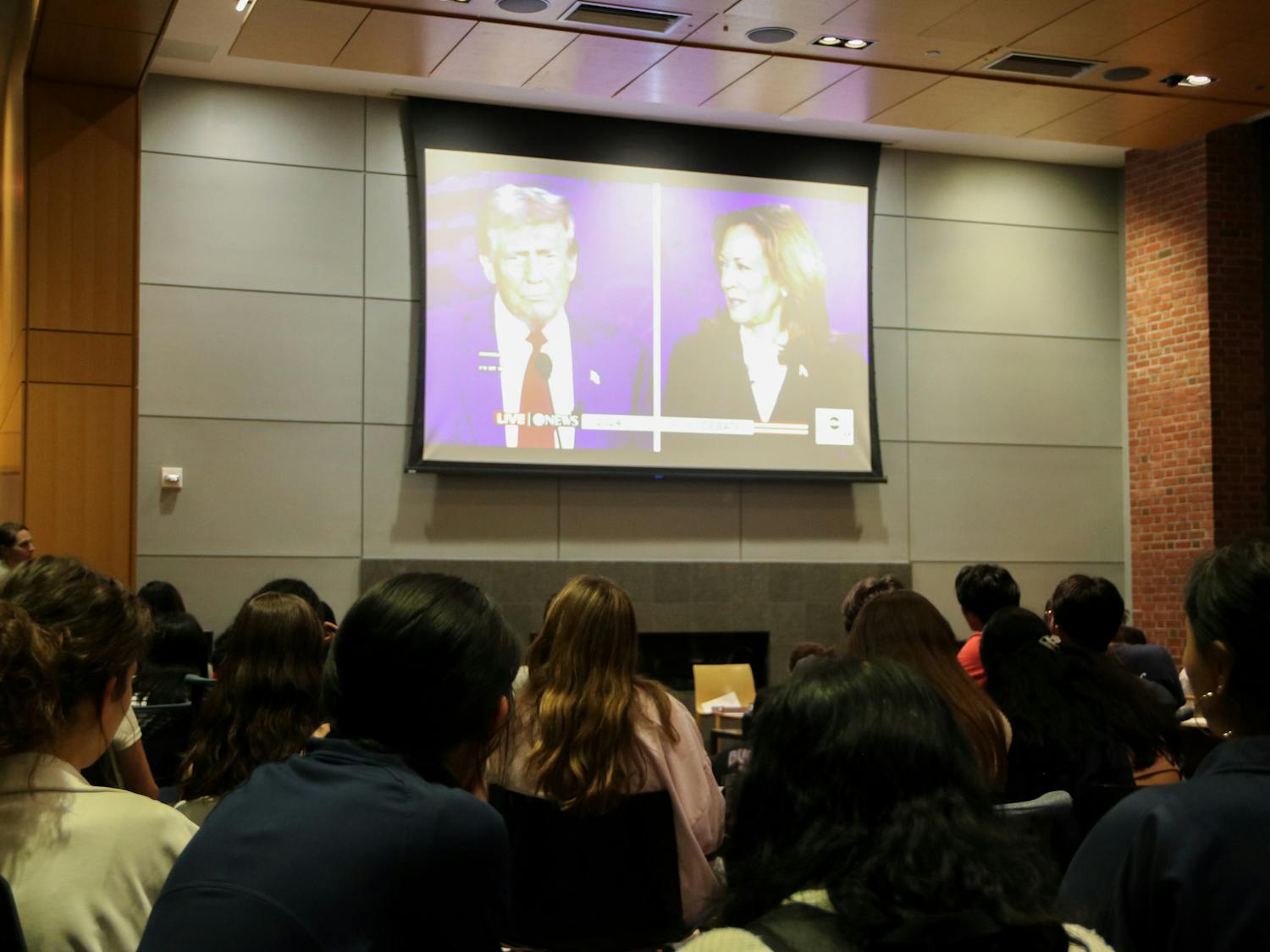It was a Friday night, 12:30 a.m. and I was feverish, achy and nauseous with chills and a sore throat (the vomiting wouldn’t begin for a couple of hours). My first thought was that I had swine flu. And for four days, until the test came back negative, I was a suspected H1N1 case.
The downsides of my encounter are obvious: missing classes, feeling miserable, being trapped in my dorm room. But the upside of my experience was that I learned a thing or two about how the University might limit the spread of H1N1 on campus and meet the needs of students with swine flu.
While I was happy that Student Health Service started me on Tamiflu (effective when administered within the first two days of symptoms) and sent me to the Hospital of the University of Pennsylvania to get IV hydration, my experience taught me that preventive measures such as masks need to be made available to students as well as support for students once they are in self-isolation.
As I was in the ER until 3:30 a.m. on Saturday morning, I had time to consider the number of students I’d encountered — and possibly infected by this time. There was that elevator full of students in my dormitory. And that injured Penn football player who rode in the same Penn Transit Services vehicle en route to Student Health Service. I couldn’t help but think he might be in for more than his injury as a result of the ride.
The obvious first line of defense is a surgical mask. Unfortunately, no masks are provided to students to help contain the virus until after a student is diagnosed by a health professional as a suspected H1N1 case. As flu season begins in earnest, the University could place masks in convenient locations such as dormitories and classrooms.
In turn, students should start to realize that fellow students wearing masks aren’t old-fashioned circus freaks. Their unfashionable choice should be viewed as a necessary precaution to limit the spread of H1N1. I felt like an alien when I returned to my dorm that Saturday night from HUP wearing a mask, but so be it.
Before I could even get back to my dormitory, I learned to my dismay, that Penn Transit Services currently doesn’t transport students from HUP (they are working on it, however).
Eventually a Penn walking escort got me a ride in a Penn vehicle. While according to Penn Accessible Transit policy, a visit to the ER is not a “Penn-related function,” it merits consideration as an exception to the rule.
Sadly, the challenges didn’t end when I arrived back in the dorm room. During the four days that I was isolated, I lived off one cafeteria meal my GA thankfully brought me. And while I now know that Bon Appetit offers special flu food packs, I didn’t then. Even if I had known, someone else would have had to pick up and deliver them to me.
What’s needed is a convenient way for students to receive food packs when they are in isolation that does not rely on the kindness of friends who are juggling essays and exams or GAs or RAs who are working and in classes. This is especially difficult for freshman, as the support networks upperclassmen have to rely upon simply aren’t quite in place yet.
Despite the feeling that I was stranded on a desert island for four long days during my isolation, I looked to the bright side of having weathered a bout of (kind of) swine flu. I would have loved to develop immunity to the virus and have one less thing to worry about during this flu season.
But for now, I can only hope that those of us who find ourselves experiencing flu-like symptoms in the coming months will wear masks in public and ignore those who won’t.
Maya Brandon is a College freshman from West Windsor, N.J. Her e-mail address is brandon@dailypennsylvanian.com. The Freshman 15 normally appears on Wednesdays.








